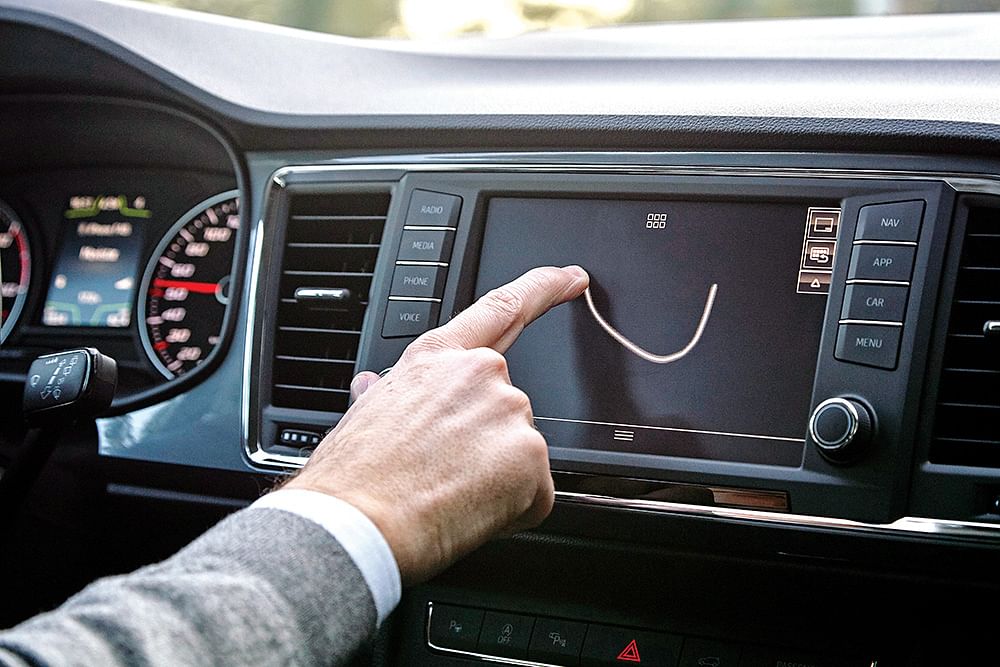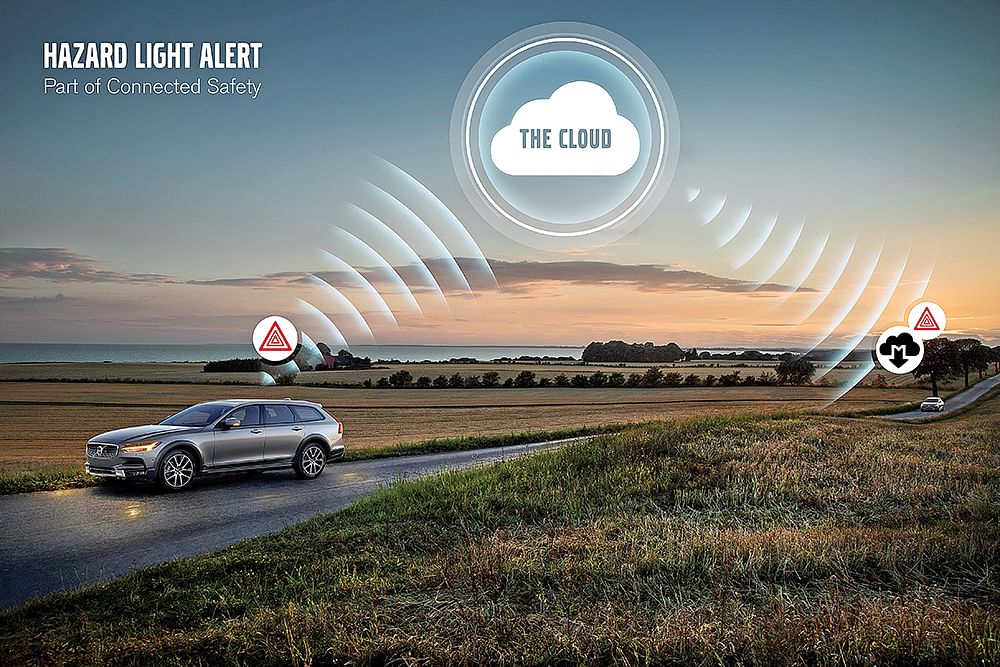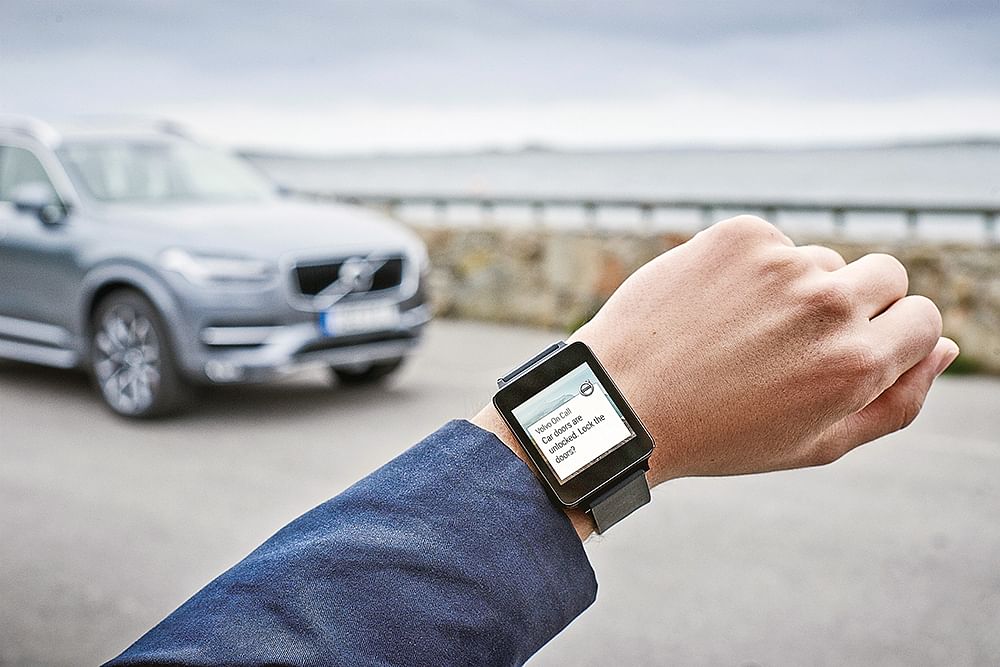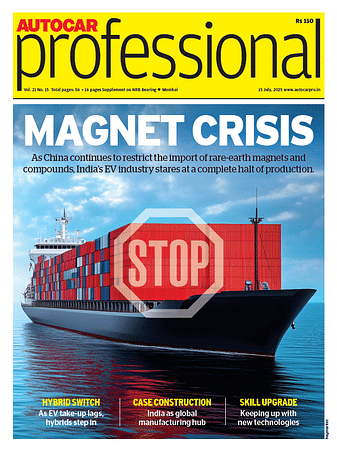The next mobile is the automobile
Magesh Srinivasan, global head – connected car & A.I, engineering & RD services, HCL Technologies gives a glimpse into the penetration of the digital technology into the automotive world.
India is beginning to leapfrog its way to technological progress. Our most valuable export to the world has been the ‘Indian intellect’. For decades, expat Indians have used their ingenuity to create and contribute to global companies, and their effort has changed the world.
The year 2007 witnessed the launch of Apple’s iPhone which kick-started the smartphone revolution in the world. Over the next decade, the smartphone clearly outpaced every other consumer device in utility worldwide. India took to the Android revolution with aplomb. Indian smartphone producers fuelled the demand with affordable, yet attractive products all year round, increasing their market shares and further running prices downwards with their China-based OEM vendors. The Indian telecom companies also contributed to this growth by providing affordable ‘data plans’ to spur consumption of data on smartphones. Last year, smartphone imports were around 124 million units, making India the fastest growing market in the world. Some forecasts estimate the Indian user base to be 530 million in 2018, making India the second largest market in the world and pushing the US lower down to the third place at around 229 million users. Apple launched local assembly of handsets to take advantage of the ‘Make-In-India’ program and successfully increased market share by creating a new market segment in India for older-version iPhone models.

Most car users are keen to have a seamless ‘smartphone-like’ experience.
As we witness this rapid growth in smartphones, we need to also acknowledge that utility value of this device is expanding at an unprecedented pace. So much so, most companies have increased their investment on tapping the ‘mobile device consumer’ vis-à-vis all other distribution channels. This implies that there are more eyeballs staring at smartphone screens than any other.
Connected car landscape in India
Every Indian who owns and drives a car aspires to have a seamless ‘smartphone-like’ experience within his/her car. Since the launch of the touchscreen-based In-Vehicle Infotainment (IVI) in luxury cars, followed by mid-segment and later by economy car models, consumers have readily adopted every mode of smartphone integration that is feasible: Auxiliary Input, USB cable, Bluetooth and/or Screen Mirroring. Furthermore, this innovation was brought about by smartphone OEMs collaborating extensively with IVI OEMs during the product design and development process.
We now have the Android Operating System (OS) powering IVI devices that seamlessly connect with ‘Android Auto’ smartphone app to deliver dynamic Google map-based navigation integrated with traffic alerts, weather information, and various points of interest, all available to the driver over Google’s ‘Voice Assistant’ integrated with your mobile calendar and Gmail. Voice is the new HMI (Human-Machine-Interface) that enables native language access to connected services via mobile devices. This also increases driver safety by keeping the hands on the wheel and allowing easy access via voice interaction with the IVI during
the journey.
Each year, Google adds to the feature set of the Android OS, enabling extensively new market segments on mobile devices. Furthermore, Tensor Processing Units (TPUs) that power the analytics engine in the Google Could enable ‘Predictive User Experience’ over time by recognising patterns of user-behaviour and co-relating other aspects of the users’ life online. Google-powered Artificial Intelligence creates a ‘Digital
Twin’ of the user through the content available on social media profiles as well as emails and calendar events.
The cloud connect
Artificial Intelligence on Cloud-based computing platforms such as Google or Microsoft Azure is now beginning to evolve into EDGE devices such as smartphones built with ‘Neural Processing Unit’ (NPU) Software on Chipset (SoC). For instance, Huawei’s Kirin 970 NPU now provides ‘face recognition’ as a standard feature on the ‘PRO’ series of smartphones. Using this innovation, Huawei recently demonstrated, the image recognition capability along with decision making for a self-driving car scenario. Apple, Samsung and Google also have these features on the top-of-the-line mobile devices.
Therefore, smartphones are no longer just ‘Gateways’ to the information superhighway. Soon, they will be ‘mini-brain computers’ that aid intelligent driving, enhance safety and security on the road. Dual camera-based smartphones with image, face and voice recognition inside the car, as well as outside the car, will become an integral part of OEM and aftermarket solutions. The current price point of $700+ (Rs 47,421) will begin to go down as early adopters popularise these advance feature sets in these models. The resulting increase in global volumes will lower the market price, significantly. In some cases, OEMs will make a proactive investment to synergise AI-powered smartphone and IVI product design to offer exciting and useful features on the market quickly and India will stand to benefit from these global investments in R&D by OEMs.
This kind of collaboration will reduce the gap in the innovation cycle of OEMs and encourage cross-pollination of ideas in the ecosystem during the value creation cycle.

Volvo Cars’ Hazard Light Alert technology is the first of its kind in the automotive industry. As soon as any equipped Volvo switches on its hazard lights, an alert is sent to all nearby Volvo cars connected to the cloud service, warning drivers to help avoid potential accidents.
This implies smartphones will enhance the IVI experience as well as provide an upgrade, to the Advanced Driver Assistance Systems (ADAS) features in a car. The equation below illustrates the future with a high probability of occurrence in India, as it also would in rest of the world — ‘Sensors + (Smartphone E-Cockpit) + 5G + G5 + A.I Cloud = L4 Self-Driving Car by 2025’.
Here, G5 refers to the ITS (International Telecom Standards) 802.11p which specifies the standard for enabling Vehicle to Vehicle communication systems (V2V) across the transportation ecosystem of the world. L4 refers to highly connected automated driving where the car computes most driving functions but allows a ‘human driver’ override when it encounters a likely emergency scenario on-road. It is synergistic but not exclusive and therefore
will help enhance road safety many fold and save human lives in a big way.
Smartphone and IVI in electric vehicles
Smartphones and EVs have a lot in common – both depend on battery life and battery management system software to function. Further, EVs have TCUs with SIM cards embedded to ensure real-time connectivity. The BMS system provides two key metrics via the IVI and the Smartphone app: Distance to Empty (DTE) and State of Charge (SoC) of the EV. DTE provides the distance in kilometres/miles that can be driven with the current battery charge. SoC acts as the fuel gauge of the EV whilst it is plugged for battery recharge.

Convergence of smartphone technology with the automobile world will only grow bigger.
As EV volumes increase, smartphone OEMs will take on a key role in providing out-of-the-box innovations to EV OEMs to create a ‘Smart Mobility Ecosystem’ that can offer the following:
- EV ‘on-demand ridesharing’ with full integration to user’s smartphone.
- Connected customised user experience via smartphone apps in-sync with the EV.
- Providing access to EV charging points with seamless online payment.
- EV battery swapping points may also become an optional scenario of the future.
- EV interaction with ‘smart electric grid’ in a ‘Smart City’ to recharge as well as give back to the grid when not in use.
It’s an Auto-by-mobile in the future
As smartphones become the ‘eye of storm’ fuelling the digital transformation of life on planet Earth, the emerging smart mobility solutions ecosystem will create, capture and deliver value to B2B as well as B2C use cases. Blockchain – the new ‘kid on the block’ – will enable platform solutions to secure user, vehicle and smartphone data. It will also create new value-chains and help us join the dots differently. Vehicle repair and maintenance (prognostic and diagnostic) data, financial transactions data, telematics data, compliance data, insurance and registration data could all be on a Block Chain. Smartphone apps will provide quick and secure access on-demand to users. No wonder, they say that – data is the new oil!

Magesh Srinivasan, Global Head – Connected Car & A.I, Engineering & RD Services, HCL Technologies
(This article was first published in the 1 June 2018 issue of Autocar Professional)
RELATED ARTICLES
Indian Automotive Dealerships Focus on Data-Driven Strategies to Navigate Market Challenges
Industry executives outline four key approaches including technology adoption, inventory management, geographic expansio...
Skateboard EVs and Conversion Architectures: Navigating India’s Electrified Future with Flexible Platforms
Industry experts advocate for adaptable platform strategies combining ICE conversions and skateboard designs to meet div...
Agentic AI Systems: Building Autonomous Solutions
Advanced artificial intelligence agents show capacity for adaptive responses in vehicles, aerospace, and infrastructure ...





 14 Jun 2018
14 Jun 2018
 30948 Views
30948 Views





 Angitha Suresh
Angitha Suresh




